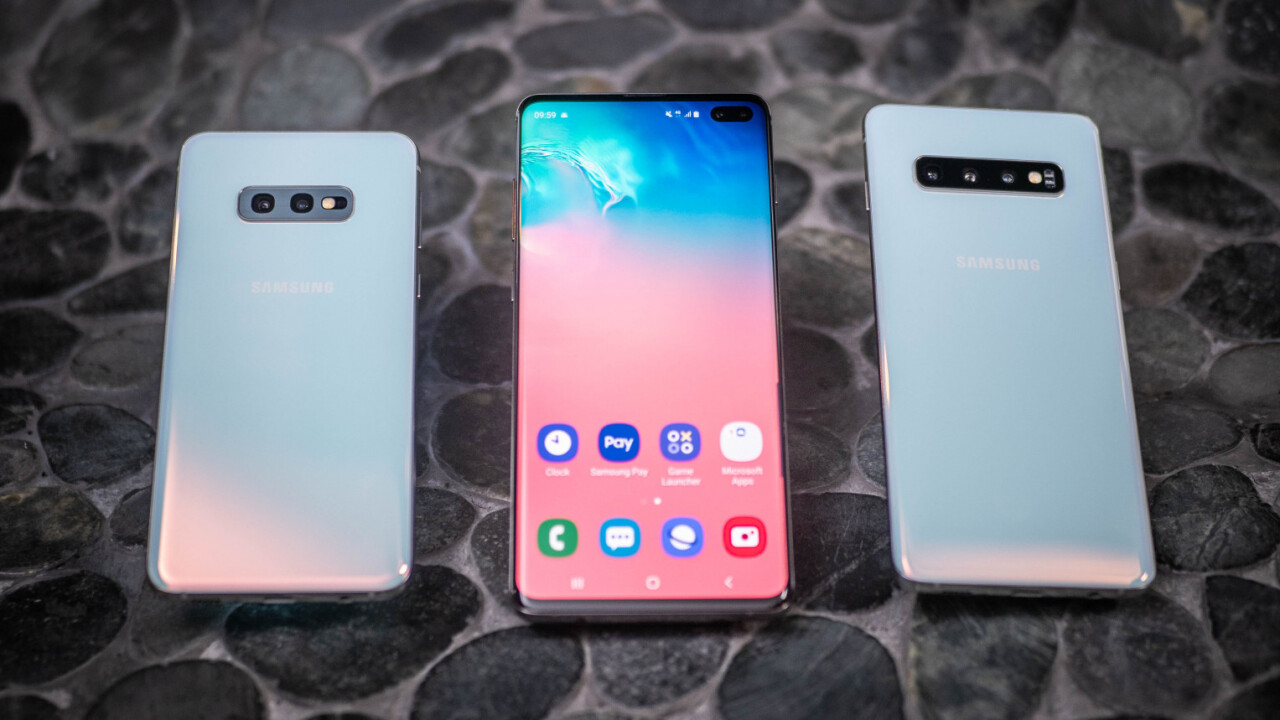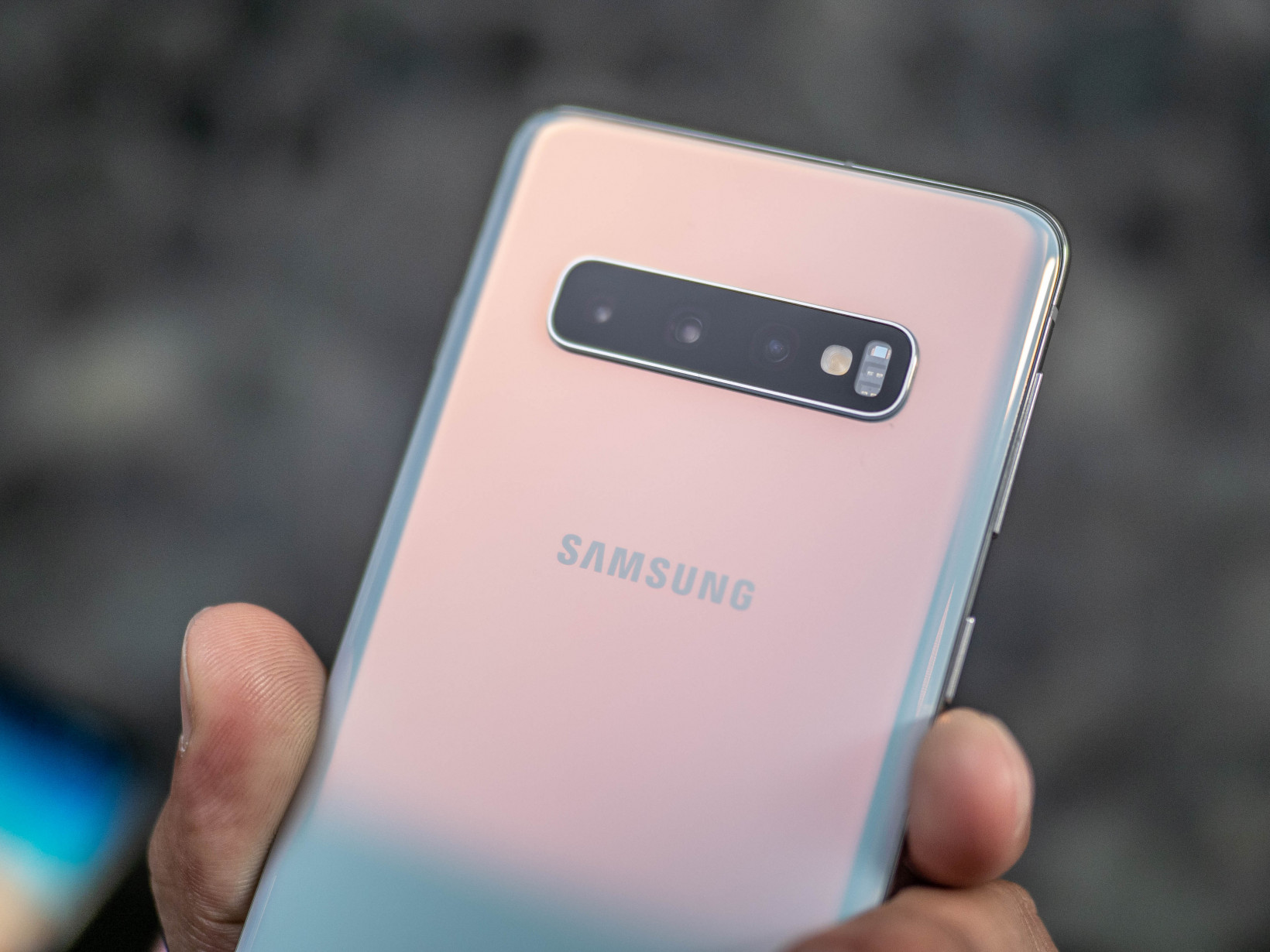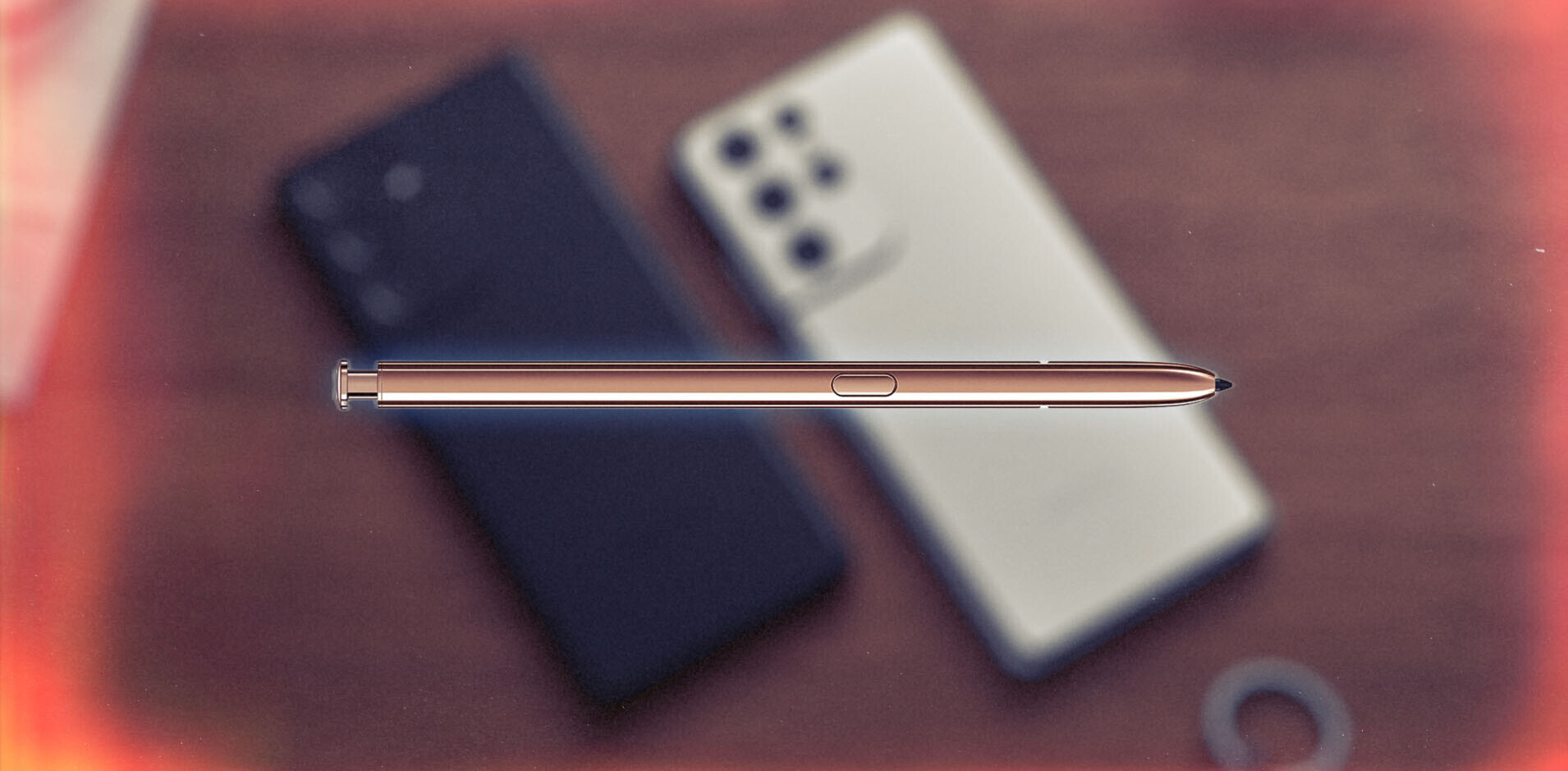
- Product
- Galaxy S10
- Price
- $749.99+
After months of seemingly endless rumors and speculation, the Galaxy S10 is here, and we had the chance to play with it – or rather, several versions of it. The 10th in Samsung’s Galaxy line, the S10 is the company’s chance to get back in the limelight after lackluster sales of the Galaxy S9.
Samsung is releasing not two or three, but four versions of the device, each designed to appeal to different types of consumer. There are the standard Galaxy S10 and S10+ everyone expected, and then the smaller and more affordable ‘S10e’ we’ve been hearing about for a long time. Lastly, there’s the S10 5G, a beast of a phone and Samsung’s first to accept 5G. Unfortunately, we were only able to try the first three, as the Galaxy 5G is launching later in the year.
Oh, and of course, there’s also the long-rumored folding phone, the Galaxy Fold – but that one deserves its own post.

I know a lot of you are reading this just to get the specs. We have a separate post where go into detail of each of the four variants, but the short of it is that the leaks were right. Mostly.
While the S10 and S10+are about the same size as their predecessors, they manage to fit larger screens thanks to the smaller bezels and hole-punch display. The S10 has a 6.1-inch display, and the S10+ has a 6.4-inch one. The Galaxy S10e has a 5.8-inch display, which is the same size as last year’s S9, but in a smaller body. The S10 5G, on the other hand, is sized like a Galaxy Note 9 but features a 5.7-inch display.
The phones all share the same Snapdragon 855 (US) or Exynos 9820 (international) processor, which bodes well for consistent performance across the board. Storage starts at 128GB for each model, save for the 5G, which starts at 256GB because it has no microSD slot. Each model has an 8GB of RAM configuration, though the S10e starts at 6GB and the S10+ can go up to 12 GB. Battery sizes are rated at 3,100, 3,400, 4,100, and 4,500 mAh, and the phones support two-way charging to top up other devices.
Here’s a Samsung Galaxy S10 charging an iPhone XS. Bless. pic.twitter.com/X5ZUezIcSq
— Geoffrey A. Fowler (@geoffreyfowler) February 21, 2019
Otherwise, the biggest differences are in the cameras. Starting from the top, the S10 5G has an ultrawide, wide, telephoto, and depth sensing cameras on the rear. It has a wide-angle and depth-sensing camera on the front. The S10+ is identical save for the rear depth camera, while the standard S10 loses this and the front-facing depth camera as well.

Got all that? While it’s a shame the smaller models miss out on some features from their bigger siblings, at least there are smaller models. That’s more than you can say for almost any manufacturer that isn’t Apple or Google.
Holding the devices in hand, the first thing that grabs you is the display — specifically, those tiny bezels and the hole cutout. The wow-factor isn’t as high as it might’ve been if Samsung had been first to the hole-punch, but it’s still mighty cool in person.
I’m one of those people who vastly prefers the hole-punch display to a notch, and on the S10 it looks attractive and seamlessly integrated into the design. Even the S10+, with its dual cameras and elliptical cutout, didn’t bother me. Short of going with a mechanical slider and its dubious durability, this is as good as it gets.
That said, there is still work to be done on the software end, as the cutout occasionally interacted awkwardly with the UI on some apps I tested.

Less innovative is the backside, which is largely an iteration on Samsung’s design language since the S6. That is, except for the ceramic white back, which is stunning – the pictures don’t do the holographic effect justice. The other colors are nowhere near as interesting.

The display is typical Samsung excellence, and the company is abandoning the Super AMOLED moniker for a new ‘Dynamic AMOLED’ label. It’s not clear how different the new screen is on a technical level, but Samsung says there are some improvements to daylight performance and a reduction in blue light waves – which aids in sleep cycles + without giving the screen an orange tint. It’s also the first phone with HDR10+ certification.
None of these things were immediately apparent in my hands-on, but Samsung already had the best displays on the market, so no complaints here. The stereo speakers also seem louder, and there’s still a headphone jack, praise the tech gods.
Under that display, you’ll find an ultrasonic fingerprint reader, which seemed to work quickly enough in Samsung’s live demos though I didn’t get to try it myself. The S10e, however, uses a side-mounted fingerprint reader embedded in the power button. I’m not sure why this is any better than having it on the rear as usual, but hey, it works.

Speaking of the S10e, it might just be my favorite of Samsung’s new models. Even though it’s missing out on a few features, it’s smaller than anything else I’m aware of with a flagship processor. It’s noticeably smaller than the Galaxy S9 was, and a hair smaller than the Pixel 3 and iPhone XS too.
There’s no curved display and the side bezels are a bit more prominent, but it feels good in hand. I expect this model to be quite popular among the people still holding on to their smaller devices.
The rest of the changes are largely in the software. The phones sport Samsung’s new ‘One UI,’ which is meant to be easier to use with a single hand by pushing interactive elements to the bottom of the UI and visual elements to the top. Time will tell whether it’s an improvement, but so far, it’s pretty nice as far as heavy Android skins go. Samsung also says it’s now using AI to predict which apps you’ll launch next in order to speed up performance – something Huawei has been doing for a few years now.
You’ll also see AI improvements in the camera. Samsung is taking a page out of Google’s book with a ‘Night Sight’ lookalike feature, and the camera can even provide suggestions for how you should reframe your shot to get better images.
The processor is also working in the background to optimize the camera for various scenes, and though only the S10+ and S10 5G have depth-sensing cameras, Samsung can use AI to take portrait-mode photos on all the Galaxy devices.

There’s a lot to like about the Galaxy S10, even though it’s more iterative than it’s 10th-anniversary status led us to expect. Leaks and rumors hurt our chances of being truly surprised, but the S10 looks like another solid entry into the Samsung family. For most people, it’ll be their first time they lay eyes on a hole-punch display, and I expect that factor alone to drive a significant number of sales.
If you’re interested in picking one up yourself, the phones will be up for pre-order from February 21 at 12:01 ET in the US with a starting price of $749.99. In the UK, the price is £669.00. You can pre-order the S10 at Samsung’s website here.
Get the TNW newsletter
Get the most important tech news in your inbox each week.




